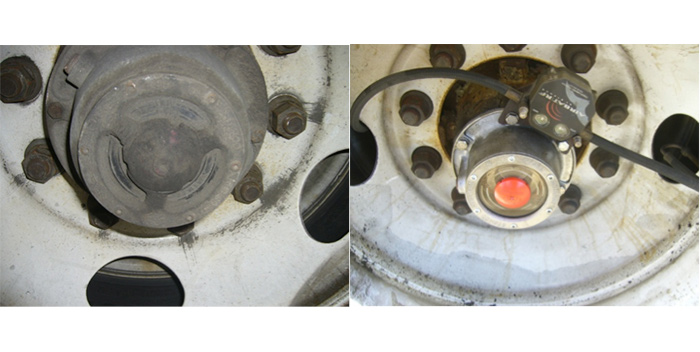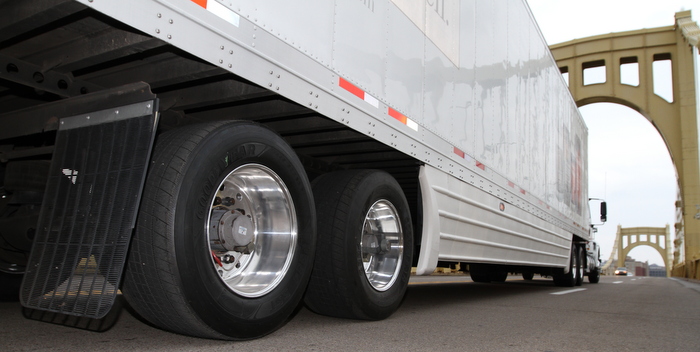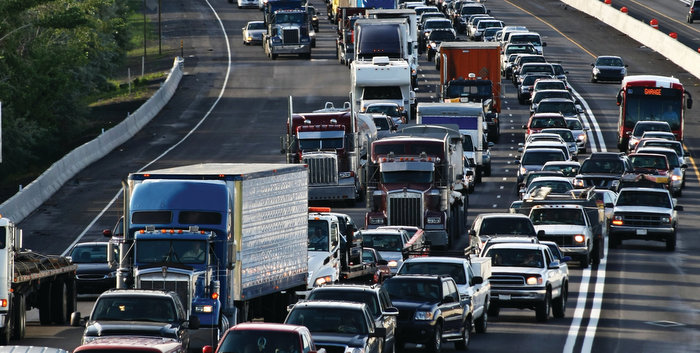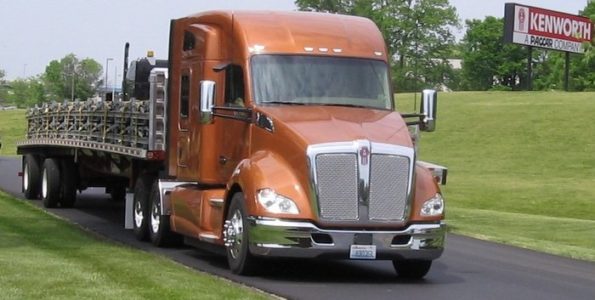In June, NHTSA published its Final Environmental Impact Statement, in which it noted, "Emissions from the United States account for about 17.4% of the total global CO2 emissions. The U.S. transportation sector contributed 31.2% of the total U.S. CO2 emissions in 2009 with heavy-duty vehicles accounting for 21.2% of total U.S. CO2 emissions from transportation. Thus, 6.6% of total U.S. CO2 emissions come from heavy-duty vehicles."
To address these concerns, starting in model year 2014, the proposed standards cover 18-wheeler tractor-trailer type vehicles down to the largest pickup trucks and vans, and all types and sizes of work trucks and buses in between—fire and rescue trucks, logging trucks, dump trucks, flat-bed trucks, trucks equipped with cranes and lifts, cement mixers, refrigerated trucks, cargo and step vans. These vehicles make up the transportation segment’s second-largest contributor to oil consumption and greenhouse gas (GH) emissions.
In addition, the proposed action must establish a fuel efficiency improvement program for heavy-duty vehicles “designed to achieve the maximum feasible improvement, and [must] adopt and implement appropriate test methods, measurement metrics, fuel economy standards and compliance and enforcement protocols that are appropriate, cost-effective and technologically feasible for commercial medium- and heavy-duty on-highway vehicles and work trucks.” The standards adopted in NHTSA’s fuel efficiency improvement program must provide not less than four model years of regulatory lead time and three model years of regulatory stability.
U.S. truck OEMs have been working on new technologies to comply with the standards. Dr. Wilfried Achenbach, senior vice president, engineering and technology for Daimler Trucks North America, stated, “DTNA appreciates the opportunity to work with the EPA and NHTSA on the heavy-duty vehicle and engine fuel efficiency and GHG rulemaking. NHTSA’s environmental impact statement reflects potential impacts from the proposed rulemaking, but not the specific technologies required to meet the rules’ stringent fuel efficiency and CO2 targets. We believe that this is one of the strengths of the agencies’ proposed rules: that the rules do not specify technologies, but allow options to meet the targets in the way that is most efficient and cost-effective for us and for our customers.
“While we believe we can meet the 2013 early compliance targets and the 2014 targets with increased penetration of off-the-shelf technologies and with Daimler’s in-house advanced systems, we expect the 2016/2017 and later targets to be more of a challenge that will require refinement of existing technologies; enhancement of our advanced vehicles, engines and aftertreatments; and usage of innovations like our predictive cruise control.”
As with every new technology, there will be an upcharge to buyers. However, some agencies involved in the rulemaking have estimated that a semi could pay for the technology upgrades in under a year, and save as much as $74,000 over the truck’s useful life.









